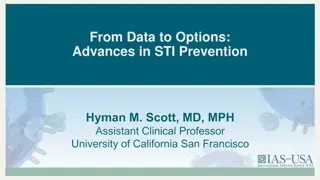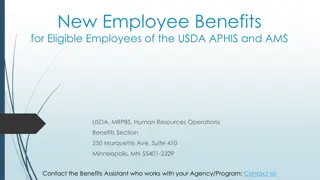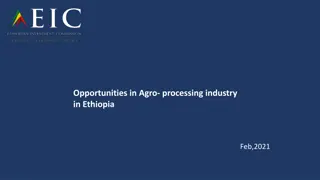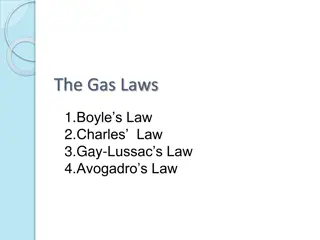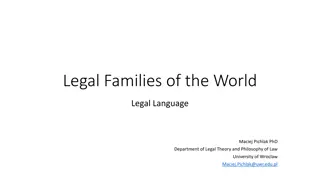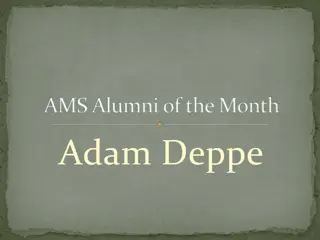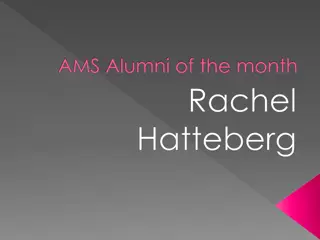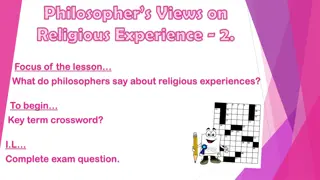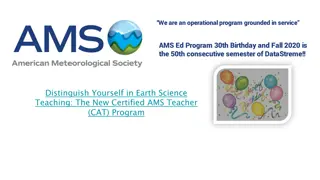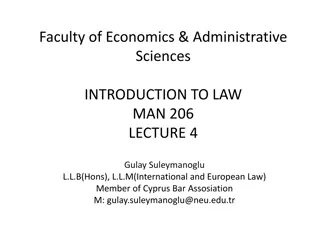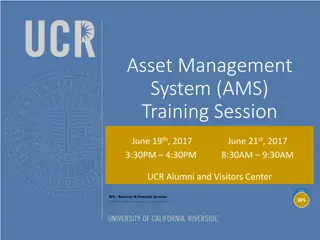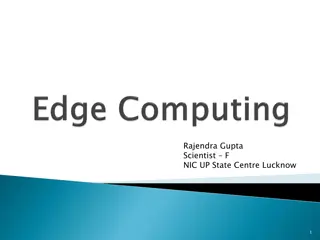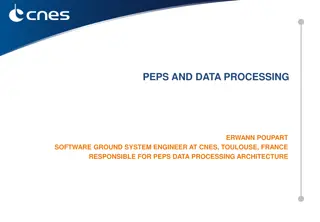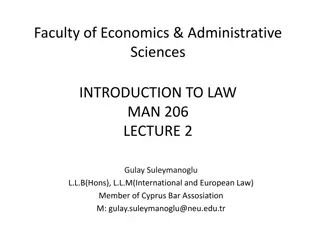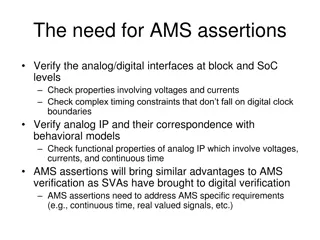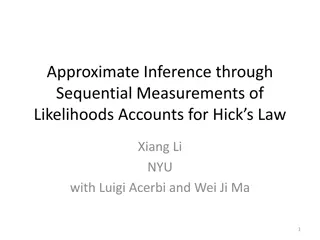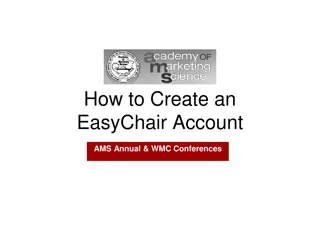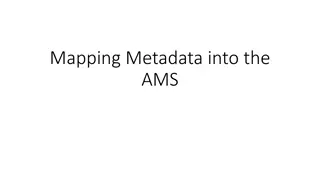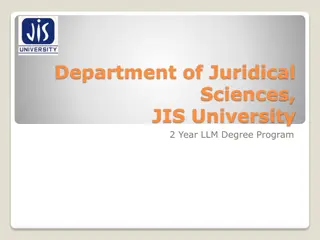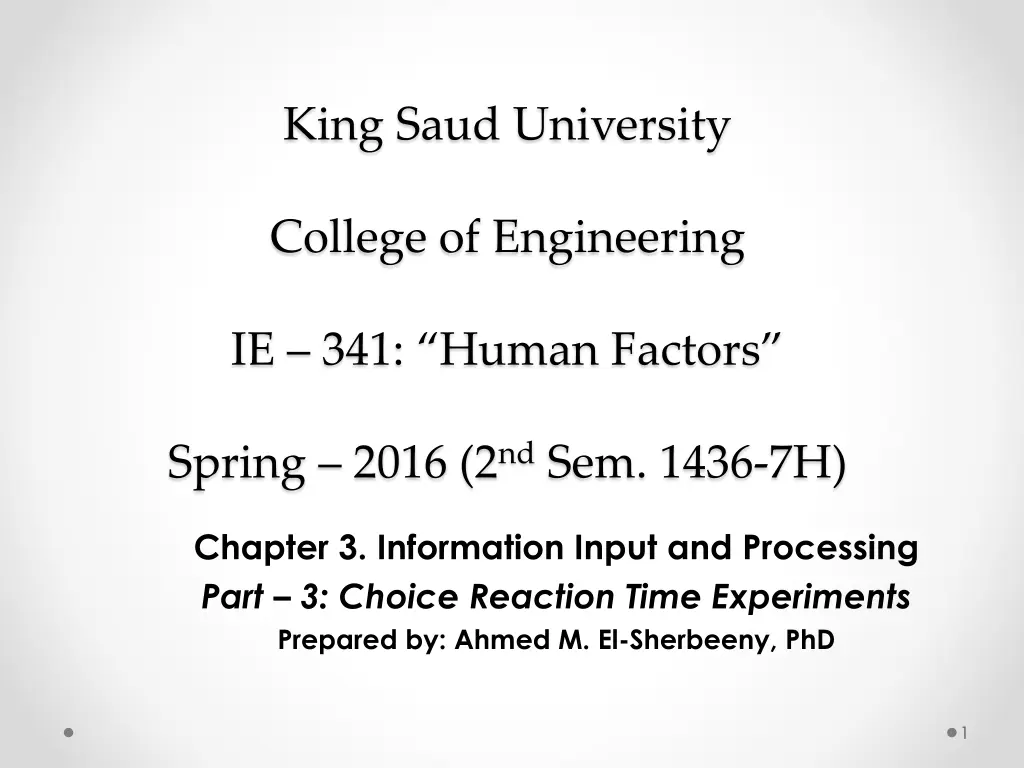
Understanding Information Theory and Its Applications in Human Factors
Delve into the world of information theory as it relates to human factors, focusing on the reduction of uncertainty and operational definitions of information. Explore how different units measure information and the significance of choice reaction time experiments in this field.
Download Presentation

Please find below an Image/Link to download the presentation.
The content on the website is provided AS IS for your information and personal use only. It may not be sold, licensed, or shared on other websites without obtaining consent from the author. If you encounter any issues during the download, it is possible that the publisher has removed the file from their server.
You are allowed to download the files provided on this website for personal or commercial use, subject to the condition that they are used lawfully. All files are the property of their respective owners.
The content on the website is provided AS IS for your information and personal use only. It may not be sold, licensed, or shared on other websites without obtaining consent from the author.
E N D
Presentation Transcript
King Saud University College of Engineering IE 341: Human Factors Spring 2016 (2nd Sem. 1436-7H) Chapter 3. Information Input and Processing Part 3: Choice Reaction Time Experiments Prepared by: Ahmed M. El-Sherbeeny, PhD 1
Information Theory Information Processing is AKA: o Cognitive Psychology o Cognitive Engineering o Engineering Psychology Objectives of Information Theory: o Finding an operational definition of information o Finding a method for measuring information o Note, most concepts of Info. Theory are descriptive (i.e. qualitative vs. quantitative) Information (Defn): o Reduction of Uncertainty o Emphasis is on highly unlikely events o Example (information in car): Fasten seat belt : likely event not imp. in Info. Th. Temperature warning : unlikely event imp. 2
Unit of Measure of Information Case 1: 1 equally likely alternative events: o H : amount of information [Bits] o N: number of equally likely alternatives o e.g.: 2 equally likely alternatives Bit (Defn): amount of info. to decide between two equally likely (i.e. 50%-50%) alternatives o e.g.: 4 equally likely alternatives o e.g.: equally likely digits (0-9) o e.g.: equally likely letters (a-z) Note, for each of above, unit [bit] must be stated. 3
Cont. Unit of Measure of Information Case 2: 1 non-equally likely alternatives: o : amount of information [Bits] for single event, i o : probability of occurrence of single event, i o Note, this is not usually significant (i.e. for individual event basis) 4
Cont. Unit of Measure of Information Case 3: Average info. of non-equally likely series of events: o : average information [Bits] from all events o : probability of occurrence of single event, i o N : num. of non-equally likely alternatives/events o e.g.: 2 alternatives (N = 2) Enemy attacks by land, p1 = 0.9 Enemy attacks by sea, p2 = 0.1 5
Cont. Unit of Measure of Information Case 4: Redundancy: o If 2 occurrences: equally likely p1 = p2 = 0.5 (i.e. 50% each) H = Hmax = 1 o In e.g. in last slide, departure from max. info. = 1 0.47 = 0.53 = 53% o o Note, as departure from equal prob. %Red. o e.g.: not all English letters equally likely: th , qu %Red. of English language = 68 % PS. How about Arabic language? 6
Choice Reaction Time Experiments Important information theory applications: o Simple reaction time tasks (SRT) o Choice response time tasks (CRT) or Hick s Law o Hick-Hyman Law 7
Cont. Choice Reaction Time Experiments Simple Reaction Time Tasks (SRT) o Used to test how fast human responds in presence of 1 stimulus o e.g. starting to run when hearing starting gun in a race, or moving car when traffic light is green, etc. o try experiment (aka Deary-Liewald task): as fast as you see icon on screen, press space bar : o Note, how this tests has two aspects: Correct response rate How fast you respond (??) o How much did you score? Experiment shows: humans can score for 1 choice: < 200 ?? How much do you expect when there is more than one choice? space bar 8
Cont. Choice Reaction Time Experiments Choice Response Time task (CRT) o Used to test how fast human responds in presence of more than 1 stimulus, i.e. multiple stimuli o e.g. choosing a digit on keyboard from 0 to 9 o Each stimulus requires a different response o In general, more stimuli/responses slower RT o try 2nd experiment: there are now 4 blocks (choices), with X appearing in either of 4 possible positions (i.e. 4 stimuli) o As fast as you see X come on, press letter on keyboard that corresponds to it o Note how RT/error rate are now greater 9
Cont. Choice Reaction Time Experiments Cont. Choice Response Time task (CRT) o Simplest CRT experiment: 2 stimuli/responses Minimum RT = 250 ?? Typical average: 350 450 ?? o Note, results greatly affected by type of stimulus & response mode (e.g. verbal/ written/ physical, etc.) o Also, response speed proven to be affected greatly by: Age Intelligence Conditions (e.g. rested vs. tired, hungry or not, etc.) Speed-accuracy tradeoff (i.e. your aim to make less mistakes or higher speed) 10
Cont. Choice Reaction Time Experiments Cont. Choice Response Time task (CRT) o So what is significance of measuring CRT? o RT is indication of time required to Process/interpret information (i.e. stimuli) Retrieve information from memory Initiate muscle responses i.e. gives good indication of time required to think (basic thought process) o This is important part of cognitive psychology field 12
Hicks and Hick-Hyman Laws Hick s Law o Named after British psychologist William E. Hick o Conducted experiments on CRT in 1950 s o He found (1952): Cognitive information capacity: is assessed as rate of gain of information As # of equally likely stimuli alternatives RT to stimuli logarithmically i.e. RT vs. # stimuli in Bits: linear function (amazing find!) Given nequally likely choices, ?? (?) required to choose among the choices is: ? = ? ????? + ? where, ?: empirical constant (determine from data for person) Note how log2indicates how binary search is performed Also, note how +1 is used to account for 1 choice* 13
Cont. Choice Reaction Time Experiments Cont. Hick s Law o More recent research (E.Roth, 1964): RT affected by IQ o Time (T) required to make a decision, ? = ?????????? ????? ????? o Example/summary of Hick s law is shown below o Also, note how this indicates that we don t think equally of all alternatives (we tend to cancel out alternatives every time we think, as indicated by eqn ) 14
Cont. Choice Reaction Time Experiments Hick-Hyman Law (1953): o Hick s law further analyzed by US psychologist: Ray Hyman o Kept number of stimuli (alternatives) fixed o Varied prob. of occurrence of events/choices (e.g. size of targets) law is generalized as follows: ? = ? ? ? ? ?? ? = ?????? + ? ? o He found: Hick-Hyman Law AGAIN: Reaction time vs. Stimulus (in Bits): linear function! o Compare Hick, Hick-Hyman, Fitts s Laws in next slide 15
SUMMARY B A C 16


